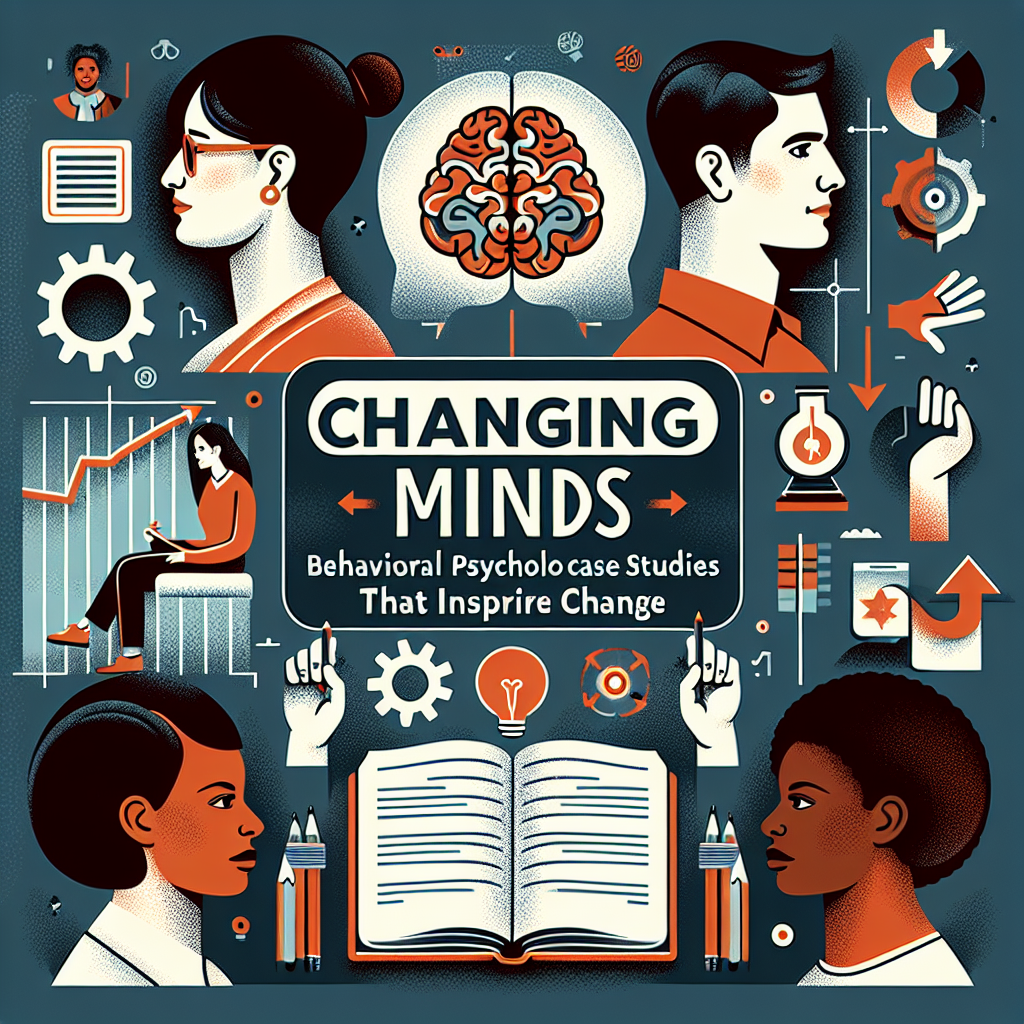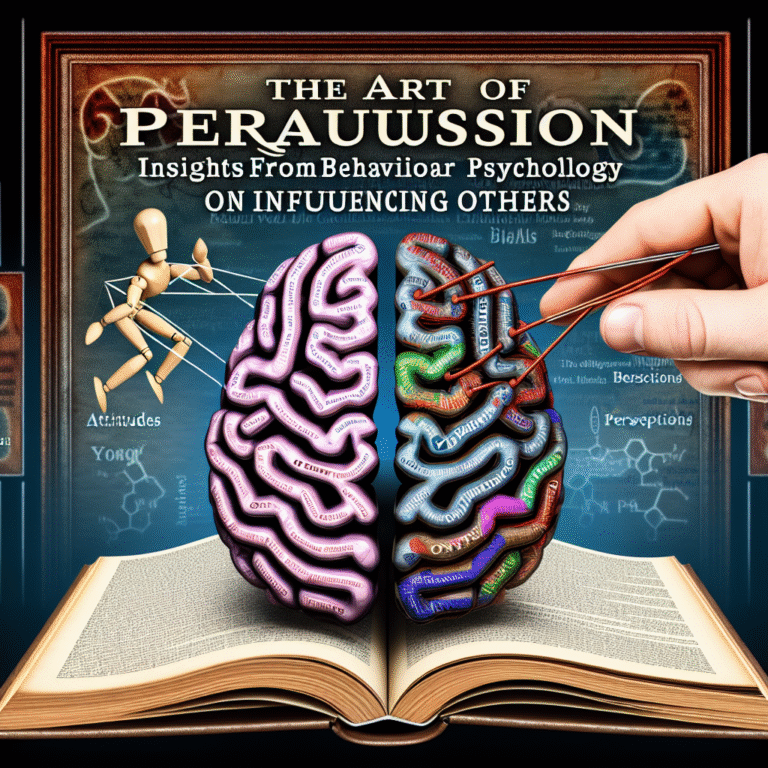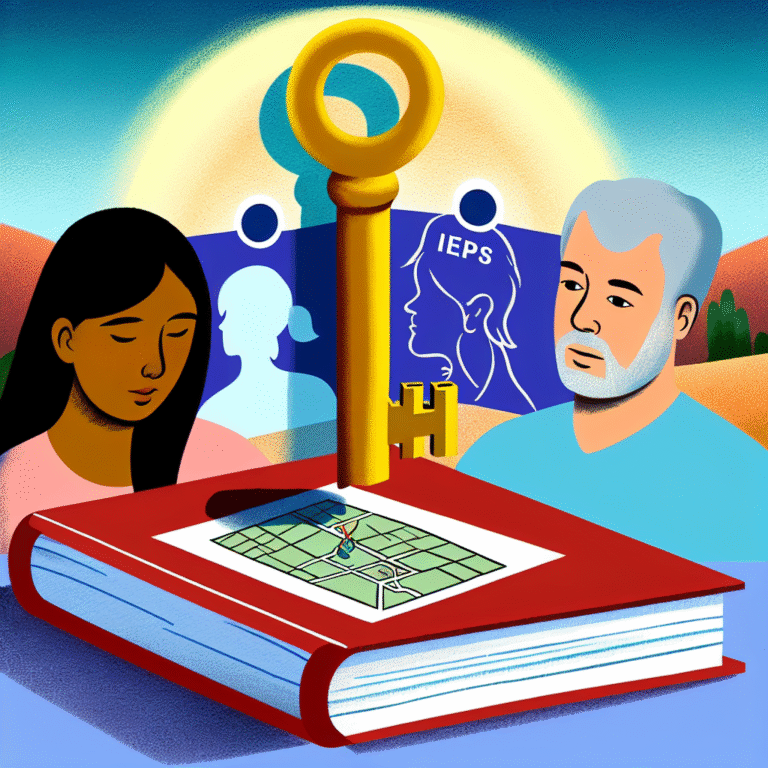
Changing Minds: Behavioral Psychology Case Studies That Inspire Change
Introduction
Imagine transforming stubborn habits or deeply ingrained beliefs with just a slight shift in perspective. Behavioral psychology offers a wealth of insights into how we think, why we act, and, ultimately, how we can inspire change—both in ourselves and others. In this article, Changing Minds: Behavioral Psychology Case Studies That Inspire Change delves into the fascinating world of behavioral psychology through compelling case studies that illustrate its profound impact on personal transformation and societal behavior.
The ability to change minds is not just a gift of the eloquent; it resides within a structured understanding of human behavior. By examining real-world applications of behavioral psychology principles, we can uncover powerful strategies to inspire positive change, making our faith in human potential resonate louder than ever.
Understanding Behavioral Psychology
Before exploring the compelling case studies, it’s essential to understand the fundamentals of behavioral psychology. This branch of psychology focuses on the ways in which our environment, experiences, and social interactions influence our behaviors and thought processes. At its core, behavioral psychology is concerned with observable behaviors rather than internal states, emphasizing that our actions can be shaped through conditioning, reinforcement, and, ultimately, change.
The Relevance of Behavioral Psychology
Behavioral psychology is more relevant today than ever. In a fast-paced world that constantly tests our beliefs and habits, understanding the mechanisms behind our behaviors can empower us to adapt and grow. From therapy to marketing, its applications span a broad spectrum, demonstrating its versatility and significance in catalyzing change.
Case Study 1: The Power of Nudges in Health
Overview
One remarkable example of behavioral psychology in action is the concept of "nudging," a term popularized by Richard Thaler and Cass Sunstein. A classic case of nudging involves altering the way health information is presented to encourage healthier lifestyle choices.
Analysis
A study conducted in the United Kingdom demonstrated how simple changes in food labeling could significantly influence consumer choices. By placing healthier options at eye level and adding a red traffic light label for unhealthy foods, researchers found that consumers were more likely to choose the healthier options. This nudging mechanism is a prime example of how minor modifications in the environment can spur significant behavioral changes.
Insights
- Nudging is not about limiting choices but making beneficial options more accessible.
- Environmental design plays a crucial role in influencing behaviors, particularly in health-related domains.
Case Study 2: Cognitive-Behavioral Therapy (CBT) and Anxiety
Overview
Cognitive-Behavioral Therapy (CBT) is a cornerstone of behavioral psychology, particularly in treating anxiety disorders. CBT allows individuals to identify and challenge negative thought patterns, replacing them with healthier, adaptive thoughts.
Analysis
Consider the case of Sarah, a 30-year-old woman who struggled with social anxiety. Through CBT, Sarah learned to confront her fear of social interactions by gradually exposing herself to situations that made her anxious. Over time, she not only changed her behavior but also transformed her thought processes about social events.
Insights
- Exposure therapy within CBT can be instrumental in dismantling fears and anxieties.
- Empowering individuals to recognize and reshape their thoughts leads to lasting behavior change.
Case Study 3: The Role of Incentives in Behavioral Change
Overview
Incentives are powerful motivators that can guide behavior, as demonstrated by a case study on financial incentives for weight loss.
Analysis
A workplace wellness program offered employees financial bonuses for reaching specific weight loss milestones. This approach successfully resulted in significant weight loss among participants compared to a control group that did not receive incentives. The study illustrated that when motivation is paired with desired outcomes, individuals are more likely to engage in behaviors that lead to change.
Insights
- Incentives must be perceived as attainable and meaningful to effectively promote behavior change.
- Goal setting linked with rewards can create strong motivations for individuals.
Changing Environments: Case Study 4 on Crime Reduction
Overview
Behavioral psychology also extends beyond the individual, influencing communities. The "broken windows theory" proposed that maintaining urban environments can deter crime.
Analysis
In New York City during the 1990s, a significant push to remove graffiti, repair broken windows, and keep public spaces clean resulted in drastic reductions in crime rates. This case study demonstrates how community behavior can shift positively when the environment is maintained and cared for.
Insights
- Environmental cues can play a critical role in shaping community behaviors.
- Community engagement in maintaining public spaces can foster a culture of collective responsibility.
Table: Summary of Key Case Studies
| Case Study | Principle Applied | Key Insight |
|---|---|---|
| Nudging | Environmental Modification | Healthier options can be made more accessible. |
| CBT | Cognitive Restructuring | Challenging negative thoughts leads to change. |
| Incentives | Motivational Economics | Financial rewards enhance goal attainment. |
| Broken Windows | Environmental Maintenance | Clean environments reduce crime rates. |
The Broader Implications of Changing Minds: Behavioral Psychology Case Studies That Inspire Change
Diverse Applications
The implications of the Changing Minds: Behavioral Psychology Case Studies That Inspire Change extend across various fields, from education to marketing, public health, and beyond. Each case study illustrates a principle that transcends the individual, offering insights into collective behavior changes.
Social Change
Using behavioral psychology principles can aid social movements, demonstrating how awareness and strategic interventions can lead to significant behavioral shifts in society.
Conclusion
Changing Minds: Behavioral Psychology Case Studies That Inspire Change shines a spotlight on our innate ability to adapt, learn, and change. These case studies serve as powerful reminders that change is possible and often begins with a simple nudge or a different way of thinking. With insights drawn from behavioral psychology, we can inspire others—and ourselves—to embark on transformative journeys.
Key Takeaway
Understanding the mechanisms that drive human behavior is the starting point for change. By integrating these principles into our personal lives, organizations, and communities, we can foster environments where positive behaviors are the norm.
FAQs
1. What is behavioral psychology?
Behavioral psychology studies how our environment and experiences influence our actions and thoughts.
2. How can nudging influence behavior?
Nudging involves making small changes in the environment that make positive choices easier and more appealing.
3. What is Cognitive-Behavioral Therapy?
CBT is a therapeutic approach that helps individuals identify and change negative thought patterns and behaviors.
4. Can financial incentives effectively change behavior?
Yes, when perceived as attainable and meaningful, financial incentives can motivate individuals to engage in healthier behaviors.
5. How does the environment affect behavior?
Environmental factors, such as cleanliness and maintenance, can greatly influence community behavior, including crime rates and social interactions.
In learning from these case studies and applying behavioral psychology principles, we can significantly enhance our ability to inspire and sustain change in ourselves and those around us.














